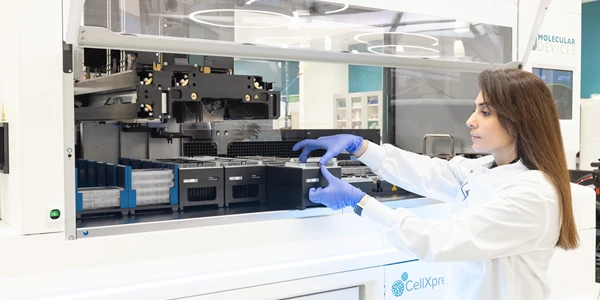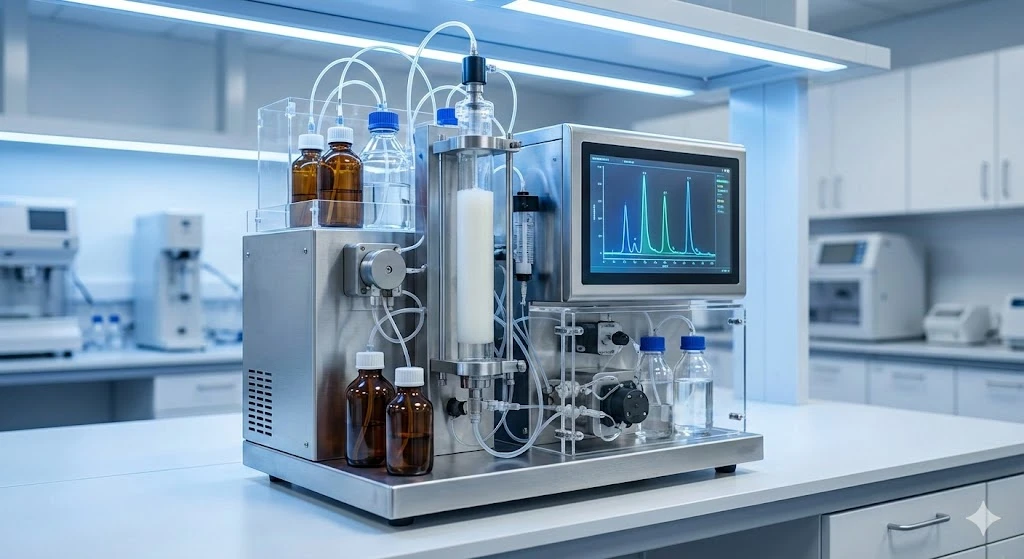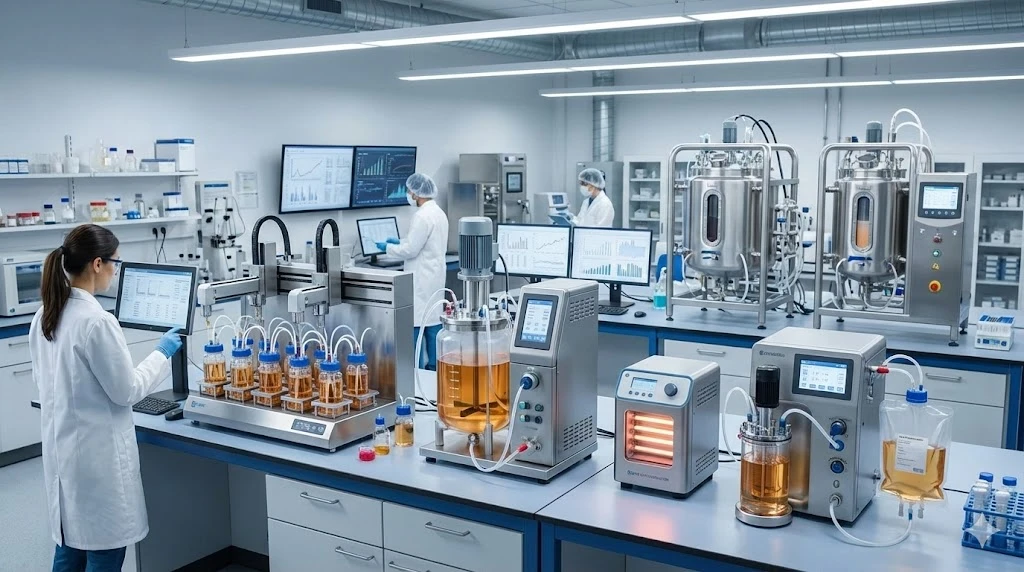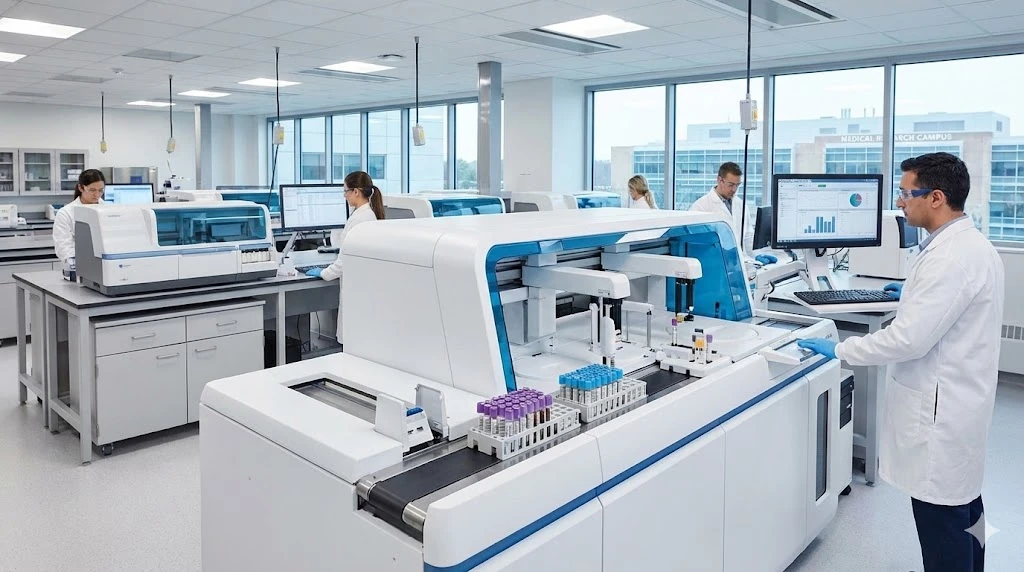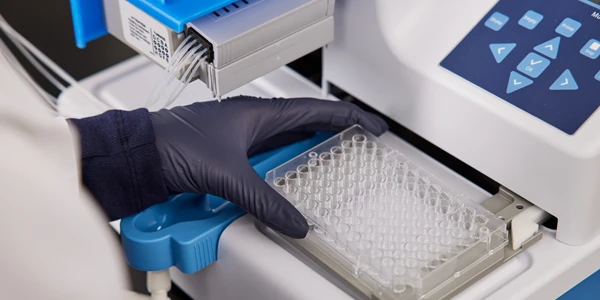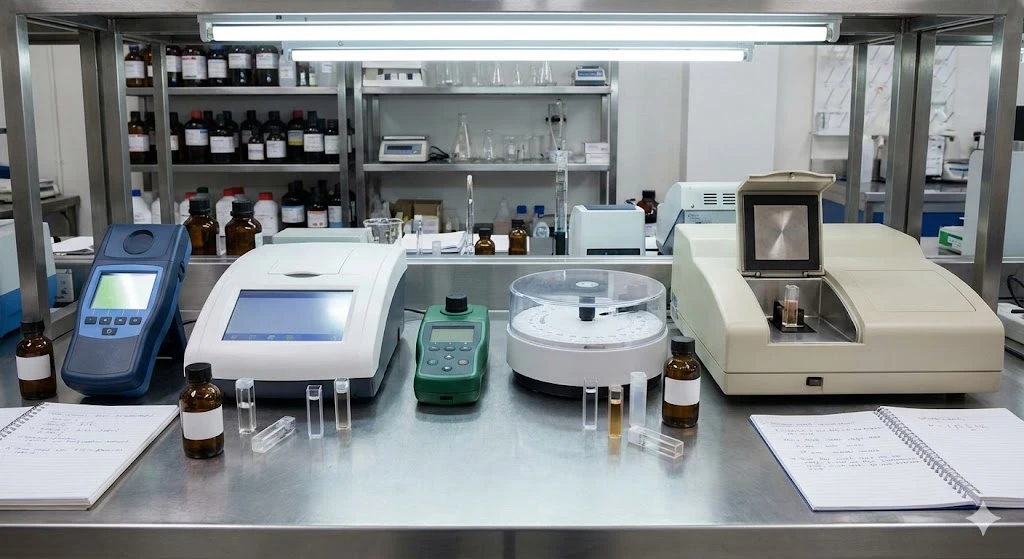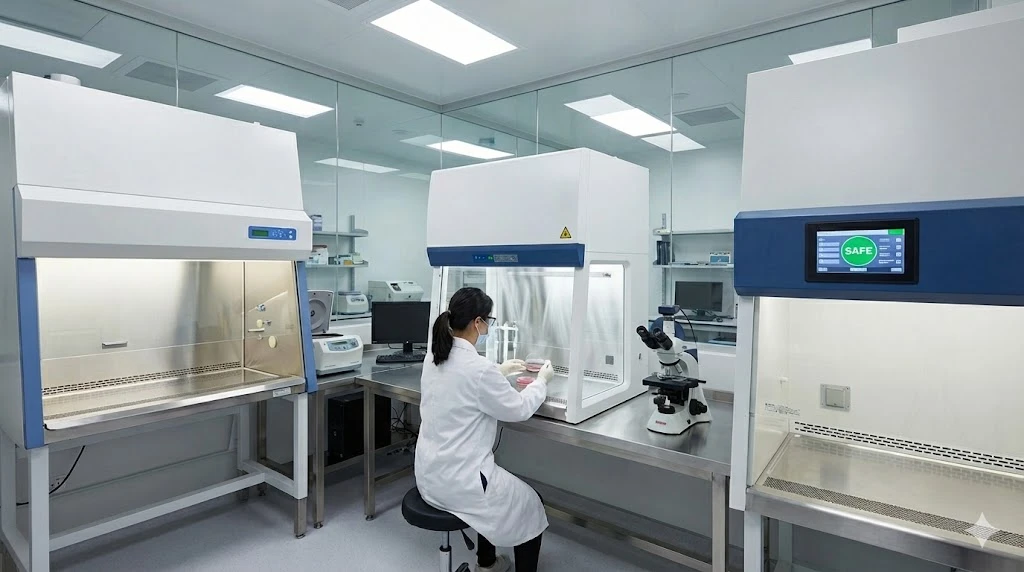Practical Considerations for Rotary Evaporators: Installation, Maintenance, and Ergonomics
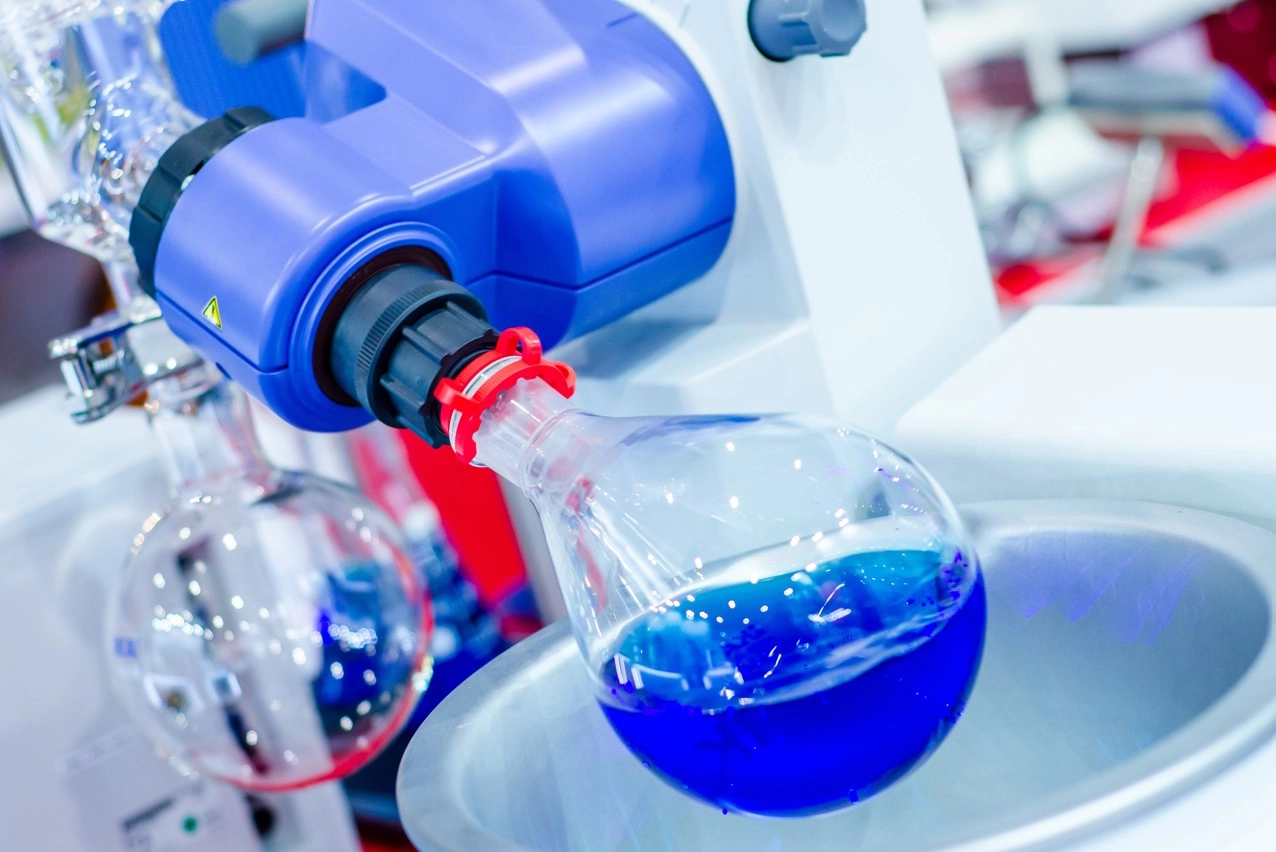
Rotary evaporators are vital tools in laboratories, providing efficient solvent removal and sample concentration. However, to ensure their optimal performance and longevity, it's important to consider practical aspects such as installation, maintenance, and ergonomics. This article will guide you through the key considerations for installing and maintaining rotary evaporators, as well as the ergonomic features that can enhance user experience and operational efficiency.
Installation and Maintenance
Proper installation and regular maintenance are essential to ensure the safe and efficient operation of rotary evaporators. Here are the main factors to consider:
Typical Installation Requirements for a Rotary Evaporator
Space Requirements:
- Bench Space: Ensure that you have sufficient bench space to accommodate the rotary evaporator, its heating bath, and associated glassware. The unit should be positioned so that there is ample room for the user to operate it safely and efficiently.
- Height Clearance: Depending on the type of condenser (vertical or diagonal), make sure there is enough height clearance for the entire setup, including the rotating flask and condenser. This is especially important in laboratories with overhead shelves or cabinets.
Power Supply:
- Electrical Outlets: Rotary evaporators require a stable power supply to operate. Check the power requirements specified by the manufacturer and ensure that your lab has the appropriate electrical outlets. It's advisable to have a dedicated outlet to avoid overloading circuits.
- Voltage and Frequency: Verify that the voltage and frequency of the power supply match the specifications of the rotary evaporator. Using the wrong power supply can lead to equipment malfunction or damage.
Ventilation:
- Fume Hood: Depending on the solvents and chemicals being evaporated, it may be necessary to place the rotary evaporator under a fume hood. Proper ventilation ensures that harmful vapors are safely exhausted, protecting the user and maintaining air quality in the lab.
- Airflow: Ensure there is adequate airflow around the rotary evaporator to dissipate heat generated during operation. Good airflow prevents overheating and maintains optimal performance.
Maintenance Frequency and Regular Maintenance Activities
Regular maintenance is critical to keep your rotary evaporator in good working condition and to extend its lifespan. Here are some common maintenance activities and their recommended frequency:
Daily Maintenance:
- Cleaning: After each use, clean the glassware, including the evaporating flask, condenser, and receiving flask, to prevent residue buildup and contamination. Use appropriate cleaning agents that are compatible with the materials.
- Visual Inspection: Perform a quick visual inspection of the rotary evaporator for any signs of wear, damage, or leaks. Check for cracks in the glassware and ensure that all seals and connections are secure.
Weekly Maintenance:
- Check Vacuum System: Inspect the vacuum pump and hoses for leaks or blockages. Ensure that the vacuum system is functioning correctly to maintain efficient evaporation.
- Lubricate Moving Parts: If applicable, lubricate moving parts such as the motor bearings to reduce friction and wear.
Monthly Maintenance:
- Inspect Heating Bath: Check the heating bath for signs of corrosion or scaling. Clean or replace the bath fluid as needed to ensure efficient heat transfer.
- Calibrate Temperature and Speed Controls: Verify that the temperature and speed controls are calibrated accurately. Calibration ensures precise control over the evaporation process and prevents overheating.
Annual Maintenance:
- Comprehensive Inspection: Conduct a thorough inspection of the rotary evaporator, including electrical components, seals, and gaskets. Replace any worn or damaged parts to maintain safety and performance.
- Professional Servicing: Consider having the rotary evaporator professionally serviced annually to ensure that all components are in good condition and to address any potential issues before they become major problems.
User Experience and Ergonomics
Ergonomic design and user-friendly features are important considerations when selecting a rotary evaporator. These aspects enhance user comfort, safety, and operational efficiency.
Ergonomic Features for User Comfort and Safety
Adjustable Height: Rotary evaporators with adjustable height stands allow users to set the equipment at a comfortable working height. This reduces strain on the back and shoulders, especially during extended periods of use.
Easy-to-Use Controls: Look for rotary evaporators with intuitive and easily accessible controls. Digital displays and simple control panels make it easier for users to adjust settings and monitor the evaporation process.
Ergonomically Designed Handles and Knobs: Handles and knobs that are designed for easy grip reduce the effort required to operate the rotary evaporator. This is particularly important when handling hot glassware or making adjustments.
Foot Pedals or Remote Controls: Some advanced rotary evaporators come with foot pedals or remote controls, allowing users to operate the equipment without having to bend or reach. This feature enhances convenience and reduces physical strain.
User-Friendly Features that Enhance Operational Efficiency
Automated Lift Systems: Automated lift systems raise and lower the evaporating flask with the push of a button, reducing the need for manual handling. This feature enhances safety and prevents accidental spills or drops.
Preset Programs and Memory Functions: Rotary evaporators with preset programs and memory functions allow users to save and recall frequently used settings. This reduces setup time and ensures consistent results across multiple runs.
Integrated Safety Alarms: Safety alarms that alert users to abnormal conditions, such as overheating or vacuum loss, help prevent accidents and equipment damage. These alarms provide peace of mind and ensure safe operation.
Quick-Release Mechanisms: Quick-release mechanisms for attaching and detaching glassware make it easier to set up and clean the rotary evaporator. This feature saves time and simplifies the workflow.
In Summary
Choosing the right rotary evaporator involves more than just selecting a model with the right specifications. Practical considerations such as installation, maintenance, and ergonomics play a critical role in ensuring safe, efficient, and comfortable operation. By understanding the installation requirements, establishing a regular maintenance routine, and prioritizing ergonomic and user-friendly features, you can optimize the performance of your rotary evaporator and enhance the overall productivity of your laboratory. Investing in these practical aspects will lead to better results, longer equipment lifespan, and a safer working environment.


